Refine search
Actions for selected content:
5487 results in Thermal-fluids engineering
2 - Basic concepts
-
- Book:
- Gravity–Capillary Free-Surface Flows
- Published online:
- 07 September 2010
- Print publication:
- 15 July 2010, pp 7-30
-
- Chapter
- Export citation
11 - Time-dependent free-surface flows
-
- Book:
- Gravity–Capillary Free-Surface Flows
- Published online:
- 07 September 2010
- Print publication:
- 15 July 2010, pp 301-307
-
- Chapter
- Export citation
9 - Waves with constant vorticity
-
- Book:
- Gravity–Capillary Free-Surface Flows
- Published online:
- 07 September 2010
- Print publication:
- 15 July 2010, pp 244-277
-
- Chapter
- Export citation
10 - Three-dimensional free-surface flows
-
- Book:
- Gravity–Capillary Free-Surface Flows
- Published online:
- 07 September 2010
- Print publication:
- 15 July 2010, pp 278-300
-
- Chapter
- Export citation
6 - Numerical computations of nonlinear water waves
-
- Book:
- Gravity–Capillary Free-Surface Flows
- Published online:
- 07 September 2010
- Print publication:
- 15 July 2010, pp 148-190
-
- Chapter
- Export citation
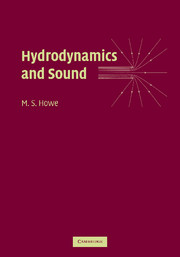
Hydrodynamics and Sound
-
- Published online:
- 06 July 2010
- Print publication:
- 23 October 2006

Combustion Physics
-
- Published online:
- 06 July 2010
- Print publication:
- 11 September 2006
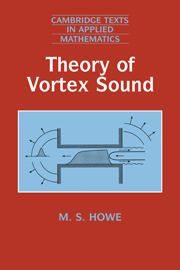
Theory of Vortex Sound
-
- Published online:
- 06 July 2010
- Print publication:
- 17 October 2002
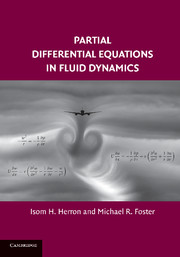
Partial Differential Equations in Fluid Dynamics
-
- Published online:
- 06 July 2010
- Print publication:
- 28 July 2008

Heat Transfer Physics
-
- Published online:
- 06 July 2010
- Print publication:
- 18 August 2008

The Detonation Phenomenon
-
- Published online:
- 06 July 2010
- Print publication:
- 30 June 2008
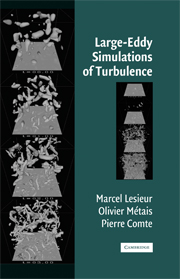
Large-Eddy Simulations of Turbulence
-
- Published online:
- 06 July 2010
- Print publication:
- 22 August 2005

Closure Strategies for Turbulent and Transitional Flows
-
- Published online:
- 06 July 2010
- Print publication:
- 21 February 2002
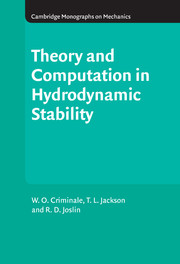
Theory and Computation of Hydrodynamic Stability
-
- Published online:
- 06 July 2010
- Print publication:
- 23 October 2003
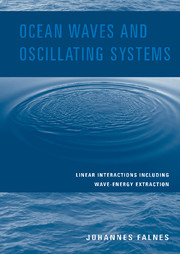
Ocean Waves and Oscillating Systems
- Linear Interactions Including Wave-Energy Extraction
-
- Published online:
- 14 May 2010
- Print publication:
- 21 March 2002

Hydrodynamics of Ship Propellers
-
- Published online:
- 07 May 2010
- Print publication:
- 16 December 1993

A Modern Introduction to the Mathematical Theory of Water Waves
-
- Published online:
- 04 May 2010
- Print publication:
- 28 October 1997
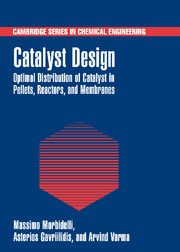
Catalyst Design
- Optimal Distribution of Catalyst in Pellets, Reactors, and Membranes
-
- Published online:
- 27 April 2010
- Print publication:
- 26 February 2001
Index
-
- Book:
- Gasoline, Diesel, and Ethanol Biofuels from Grasses and Plants
- Published online:
- 05 June 2012
- Print publication:
- 19 April 2010, pp 225-230
-
- Chapter
- Export citation
8 - Diesel from Biomass Gasification Followed by Fischer–Tropsch Synthesis
-
- Book:
- Gasoline, Diesel, and Ethanol Biofuels from Grasses and Plants
- Published online:
- 05 June 2012
- Print publication:
- 19 April 2010, pp 123-139
-
- Chapter
- Export citation
